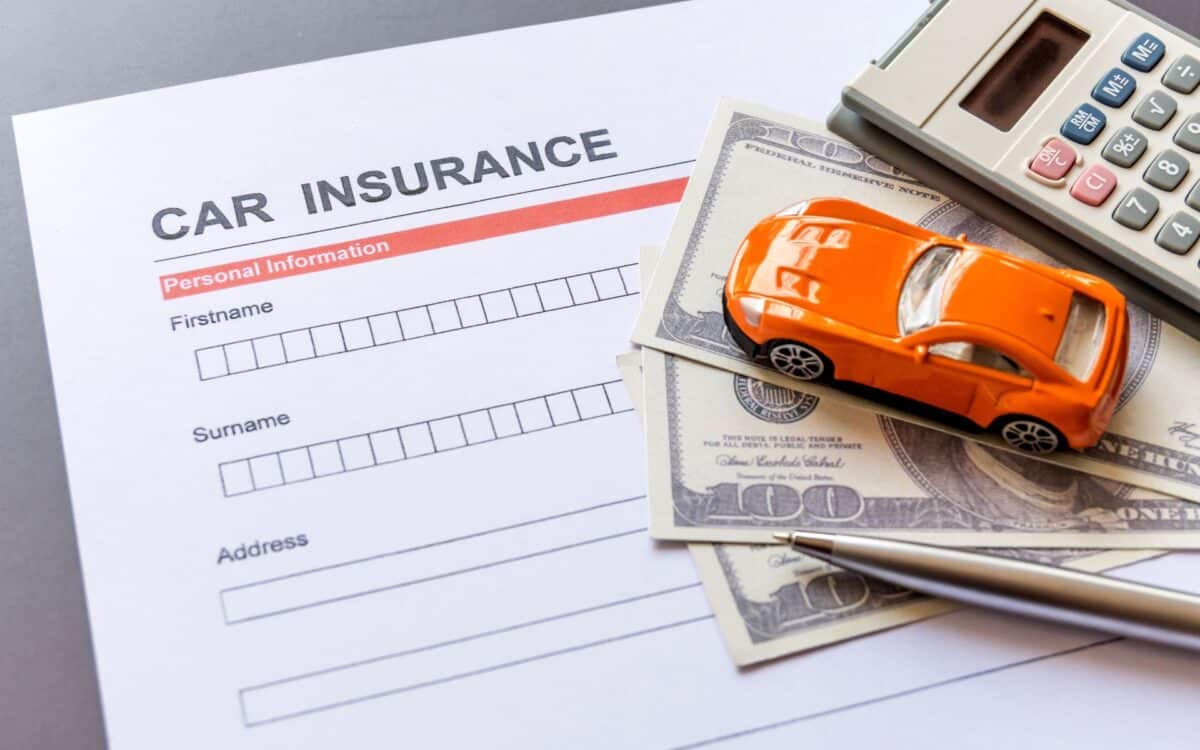Families with teen drivers face steep increases in auto insurance costs, with premiums often more than doubling when a 16-year-old is added to an existing policy.
Navigating the car insurance market can be particularly challenging for young drivers, who are often seen by insurers as high-risk due to their limited experience behind the wheel.
According to CNBC, standalone policies for 18-year-olds can reach well over $7,000 annually, pushing many families to explore more affordable options.
In 2025, several insurers distinguish themselves by combining reasonable pricing, responsive customer support, and a range of benefits designed to support new drivers as they gain experience.
Steep Premiums for Teen and Young Adult Drivers
Teen drivers are statistically more likely to be involved in accidents, leading to the highest car insurance premiums of any age group. Adding a teen to a family’s full-coverage car insurance policy can raise the annual cost from $2,685 to nearly $5,970.
For 18-year-olds seeking independent car insurance coverage, the average annual premium reaches $7,382. By contrast, remaining on a parent’s policy brings the cost down to about $5,158 for males and $4,778 for females.
A range of providers offers plans tailored to the specific needs of young drivers. Here’s a breakdown of the top performers :
Travelers : Best for Affordability
Travelers is recommended for families and young drivers seeking low-cost insurance. The company offers discounts for students with a B average, those completing driver education, and students attending college without their car. Policies include accident forgiveness, minor violation forgiveness, and a decreasing deductible incentive for safe driving.
Progressive: Best for Students
Progressive provides favorable rates for students and drivers with previous infractions. Benefits include accident forgiveness, rideshare coverage, and the Snapshot program, which tracks driving behavior. Students can receive a 10% discount for maintaining good grades and for living over 100 miles from home without their vehicle.
Auto-Owners: Best for Independent Young Drivers
Auto-Owners Insurance serves young adults aged 18–25 who hold their own policies. While only available in 26 states and requiring agent contact, its customer satisfaction ratings are high, and the Personal Automobile Plus package includes benefits like identity theft protection and extended transportation coverage. The company offers a good student discount up to 20%.
State Farm: Best for Customer Satisfaction
State Farm ranks consistently high in customer satisfaction. It offers a 25% good student discount, and while it lacks gap insurance and requires nine years accident-free for forgiveness, it provides strong nationwide service and competitive rates for young drivers.
Geico: Best for Families With Multiple Vehicles
Geico offers significant savings for families, including a 25% discount for multiple cars and a 15% discount for vehicles less than three years old. Policies include access to the DriveEasy app, which monitors driving habits for potential additional savings.
USAA: Best for Military Families
USAA is available exclusively to military members, veterans, and their families. It offers the lowest liability-only rates and supports pay-per-mile coverage, ideal for infrequent drivers. Discounts are available for deployment and vehicle storage on base, although customer service is not available 24/7.
Premium Trends by Age and Gender
The average cost of full coverage for teen drivers by age and gender in 2025 :
| Age | Male | Female |
|---|---|---|
| 16 | $5,940 | $5,546 |
| 17 | $5,518 | $5,143 |
| 18 | $5,134 | $4,774 |
| 19 | $4,525 | $4,173 |
(Source: Bankrate, February 2025)
How to Save On Car Insurance With Teen Drivers
While rates for teens and young adults will always be higher, there are ways to keep costs down.
1. Keep them on your policy
You have to be 18 to buy your own car insurance, but even a 20-year-old living at home will cost hundreds less to be insured on the parents’ policy than paying for their own. If you want to teach your kids responsibility, have them contribute toward the premium you pay.
2. Look for student discounts
Insurance companies often offer discounts aimed at teens, including a rate reduction for earning a B average or for taking an approved defensive driver course. Discounts may have different age and eligibility requirements depending on the insurer and the state you live in.
3. Keep their car at home
Some companies offer a discount for college students who go to school at least 100 miles from home and leave their vehicles behind. Only driving when you’re home visiting also lowers your chances of getting into an accident or receiving a speeding ticket, which will keep premiums down.
4. See if your insurer has a safe-driving program
Many providers offer discounts for good driving via mobile apps or plug-in devices that track braking, acceleration and other driving behavior in real time. They can also detect what time you were driving and if you were fiddling with your phone.
(Nationwide’s SmartRide program can save you up to 40%, for example.) These usage-based insurance programs can also make sure your young driver is exhibiting responsible habits behind the wheel.
Cost-Saving Strategies for Families
Several methods can help reduce premiums for young drivers :
- Stay on the family policy : Even into their twenties, this option is more cost-effective than independent coverage.
- Use student discounts : Maintaining good grades or completing driver education can lead to reduced rates.
- Leave the car at home : Students studying far from home without a car may qualify for reduced premiums.
- Enroll in safe-driving programs : Apps and devices that monitor driving can lead to further savings.
Adding a young driver typically requires providing their birthdate, GPA, and license date via an insurer’s website, app, or customer service. To ensure competitive pricing, families are encouraged to compare quotes from several insurers using consistent coverage criteria.









